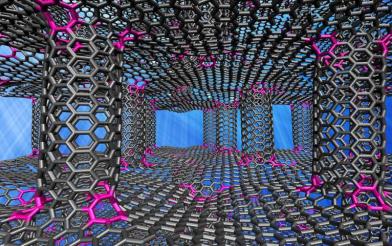Graphene-Info interviews Ari Pinkas, co-founder of Ora Graphene Audio
Graphene has many potential applications in the audio industry, and many companies have recently released graphene-enhanced audio devices (including headphones, earphones and interconnects). Ari Pinkas, the co-founder of Ora Graphene Audio, was kind enough to answer a few questions we had for him regarding the audio industry, graphene adoption, and the company's own graphene oxide based driver technology.
Q: Hello Ari, thank you for the interview. How long has Ora been involved in graphene research?
While Ora’s graphene technology is based on 2013 research done at McGill University in Montreal, Canada, our scientists have been working with the ‘wonder material’ for over a decade. Before founding the company, Ora’s technical team worked with General Motors on applying graphene oxide to battery anodes for electric vehicles at McGill. Earlier in his career, Ora’s VP Technology, Sergii Tutashkonko, was in Nagoya, Japan, hard at work applying CVD graphene to solar cells.

